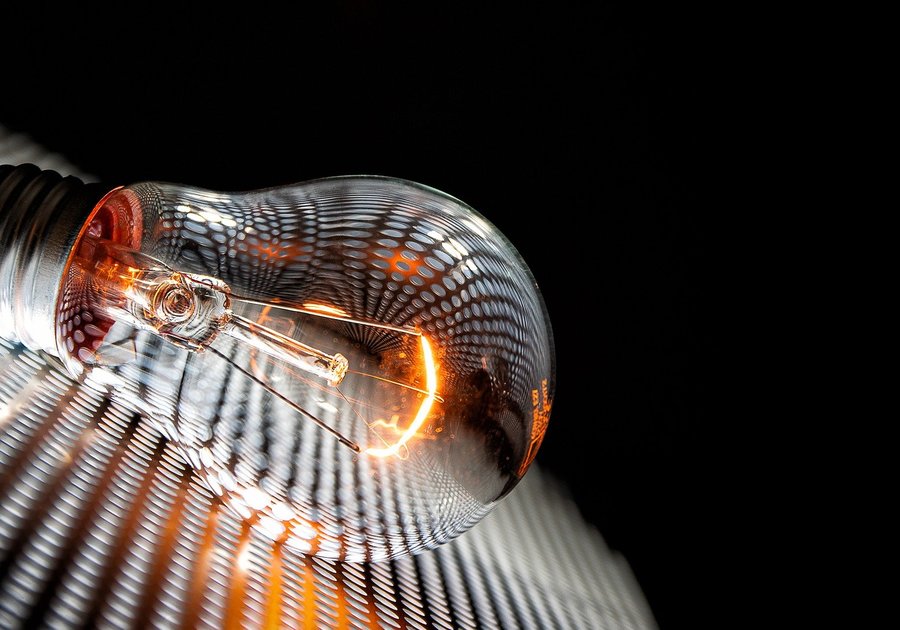January 10th was National Cut Your Energy Costs Day. It got me thinking about what things around our home are costing us energy that we take for granted. I sat down and made a quick list of ways to save energy. Here are the top 12:
1. Water Heater:
- Lower the temperature: A typical water heater is set to 140 degrees by default. You can turn your water heater down to 120 degrees and save.
- Check for sediment build up in your hot water heater annually.
- Put insulation around your water heater.
- Switching to a tankless hot water heater will also save you money – up to $100 a year according to Energy.gov.
2. Laundry
- Cold Water: Use cold water to wash your laundry when it doesn’t need to be washed in hot water.
- Dryer: Make sure that you’re washing and drying an “average” load size. A load that is too big or too small uses more energy. Also check the settings on your dryer. Using the “cool-down” feature saves energy by using left-over heat to finish the end of the drying time. You might also have a setting on your dryer that senses when the clothing is dry and stops it from continuing to run with dry clothes inside. Dryer balls are also said to help reduce dry time.
- Lint Trap: Be sure that you empty the lint trap between every load. Once a month you should also clean the lint filter with soap and water to remove build up from dryer sheets. A clean lint trap makes your dryer more efficient.
3. Windows: Check your windows to make sure you’re not getting a draft. You can purchase inexpensive window seals at your local hardware store.
4. Update your Thermostat: Switching to a programmable thermostat allows you to set a schedule that reduces energy use when you aren’t home while still having comfortable temperatures when you are.
5. Use ceiling fans: Using fans helps ease your air conditioner’s load. During the winter you can switch directions. A fan slowing turning clockwise to pull cool air up and push the warm air back down.
6. Switch to LED bulbs: According to Energy.gov, LED bulbs use 75% less energy and last 25 times longer.
7. Use smaller appliances: use the microwave, toaster oven or crock pot rather than turning on the oven. Gas ovens cost less to use than electric ovens. Toaster ovens cost less to use than an oven and microwaves cost the least to use.
8. Appliance maintenance and updates:
- Purchase Energy Star appliances
- Keep refrigerator coils clean.
- Set your refrigerator to between 37-40 degrees.
- Keep your fridge and freezer full – the food inside acts as insulation and keeps the appliance from having to work so hard to cool.
- Check your ducts and vents for leaks. Having disconnected or leaking duct work can drastically increase your energy bills.
- Check toilets
- Change HVAC filters regularly: Typical filter life is Panel = 30 days; Pleated = 3 months; Media = 6 months or permanent filters should get cleaned monthly.
9. Install a storm door: Storm doors help regulate your home’s temperature by preventing air leaks.
10. Check your insulation. Interior walls, floors and ceilings should be warm to the touch. If not, you may need to add additional insulation.
11. If you have a fireplace, keep the damper closed when not in use. If you have a fireplace that you never use, you can seal the chimney flue.
12. Turn off electronics when they aren’t in use. Things like your computer, cable box, cable modem, Smart TV, router, gaming consoles all use electricity while sitting idle.
SOURCES: Energy.gov, Saveonenergy.com, LBL.gov



